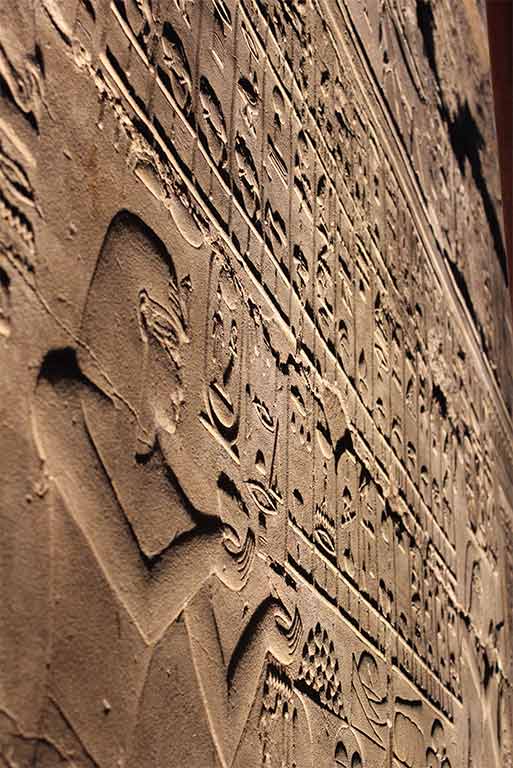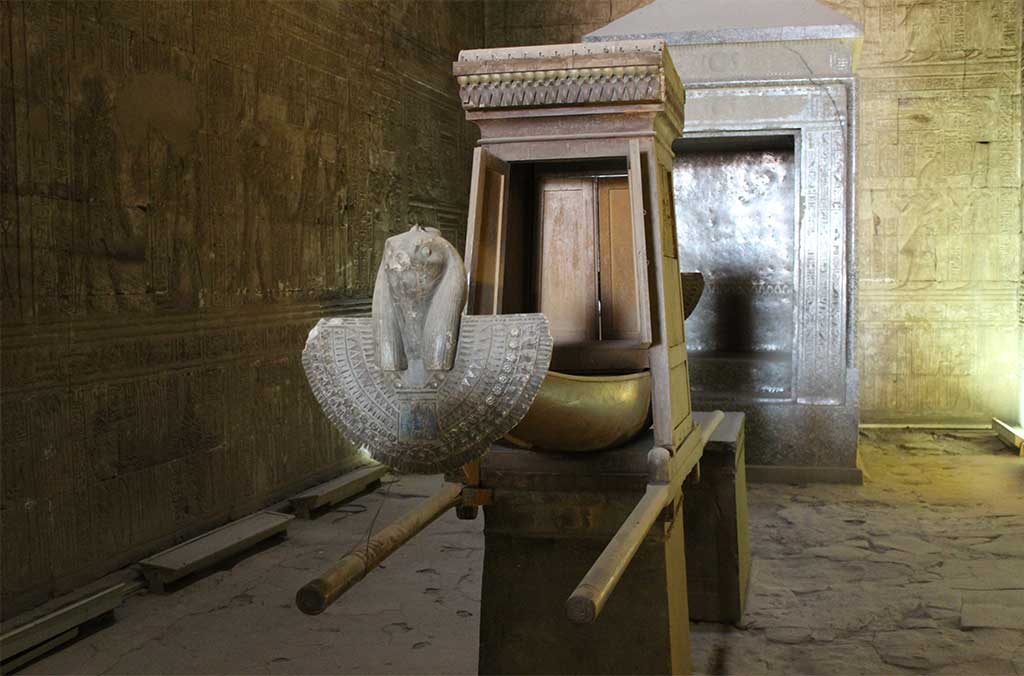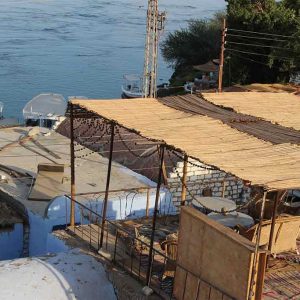10 days and 10 nights away from the humdrum- beaches, sun hats and fishing come to mind. That’s one fix for stress.
If you’re as much a sucker for cultural getaways as I am, however, Egypt with its mystical pharaohs, hieroglyphic inscribing and street markets might be an option worth exploring.
A wide-eyed tourist walking among the majestic pillars of Karnak Temple, its architecture awe-inspiring, with courtyard and passages coming alive at sunset lionized by tall columns of sandstone.
There’s explicit symmetry and etchings only Egyptologists could recite. All of it, secrets to the layman, like art out of context. Perhaps that’s part of charm?
Egypt is arid and sandy for the most part, sweltering in the summer and a Nile Cruiser, while not an obvious choice for many, is a superior antidote to the terrain and long walks through temples, and museums.
While tombs of the dead and departed dot the West bank of the Nile where the sun sets, the East bank is home to temples, houses and trade for the living. So many pets have been mummified to roam the afterlife by their pharoah’s side: cats, parrots, the works!
Akin to the Na’vi in Avatar, tombs tell stories of how mummies were buried with every extravagance to live comfortably in the afterlife.
The mythological connotations aside, it’s scientifically intimidating how much man knew in the 2700s B.C. of preservation to survive nearly 5000 years.
45% of Egyptians live below the poverty line.
Papyrus artwork still thrives in Egypt. There’re a handful of large, family-run genuine papyri stores. Aegyptus Gallery in Luxor one among them, where the artworks look priceless, some with an inlay of phosphorous that lends it a tasteful glow-in-the-dark duality.
Through my eyes, Egypt is a surreal mix of warmth and mystical energy; its people hospitable, sites wondrous, history and culture intact over eons of modernization.
The well-preserved pillars of the Philae Temple, which was moved by UNESCO stone-by-stone further inland to prevent it being flooded by the waters of the Aswan Dam and Lake Nasser.
Walls in the Inner Chamber at Karnak
The obelisk still welcoming tourists at the entrance of the Luxor Temple. Its twin to the right, known as the Luxor Obelisk, now stands in the Place de la Concorde in Paris, gifted to France by the Khedive of Egypt at the time, Muhammed Ali in the early 1800s.
A modern-day stonemason in Egypt, whose trade once commonplace, is now making souvenirs and miniature replicas of the idols his ancestors carved and decorated in and around Egypt’s major historical sites.
The Sun Boat replica in the Edfu temple’s antechamber, which is believed to be what the statues of Horas and Hathor were carried on annually on the anniversary by their cult followers.
Paintings on the walls and a terrace of a Nubian home in Egypt.
Eat & Drink
Shops we walked into welcomed us with a refreshing drink of something exotic: Hibiscus tea (Karkadey), Sahlab, juices of Cantelope, Carob and Sugarcane.
We drove by Abou Tarek Koshery & Sweets in Downtown Cairo and had a bowl-full of the spiciest, zingiest fast food (Egyptian fast food, who knew?!)
Have you been to the land of the pharaohs? Tell us about your trip in the comments below!
Don’t miss: 5 Tired, Funny and False Egyptian Stereotypes & Exploring Caves in the Middle East? Yes, Please.













